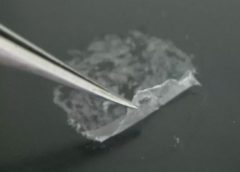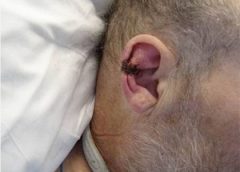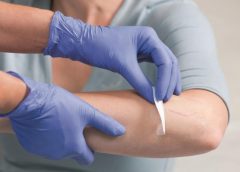Like cling wrap, new biomaterial can coat tricky burn wounds and block out infection.
Wrapping wound dressings around fingers and toes can be tricky, but for burn victims, guarding them against infection is critical. Today, scientists are reporting the development of novel, ultrathin coatings called nanosheets that can cling to the body’s most difficult-to-protect contours and keep bacteria at bay.
The researchers are speaking about their materials, which they’ve tested on mice, at the 248th National Meeting & Exposition of the American Chemical Society (ACS), the world’s largest scientific society.
The meeting features nearly 12,000 presentations on a wide range of science topics and is being held here through Thursday. (more…)
Read More




